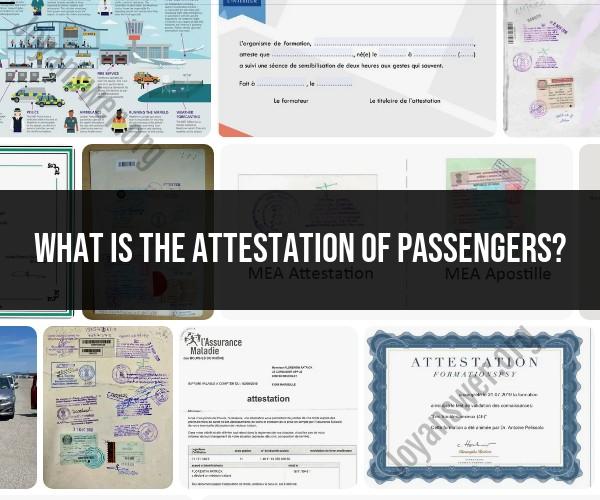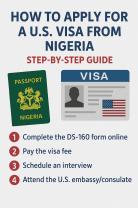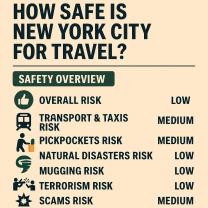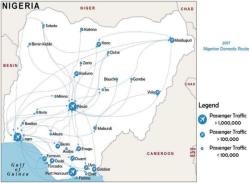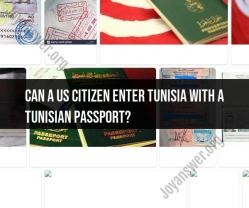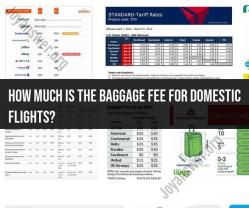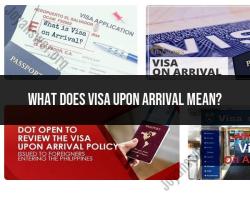What is the attestation of passengers?
The term "attestation of passengers" is not a common or widely recognized term in the context of passenger transportation or travel. However, if you are referring to a process related to document verification for passengers, such as verifying their identity or travel-related documents, I can provide some information on that.
Document verification for passengers typically occurs in various transportation settings, such as airports, train stations, cruise terminals, and border crossings. It involves confirming the authenticity and validity of travel documents, identification, and other paperwork required for passengers to board and travel.
Here are some key points related to document verification for passengers:
Identification Verification: Passengers are often required to present government-issued identification, such as a passport, driver's license, or national ID card, when checking in for a flight, boarding a train, or embarking on a cruise. Document verification processes ensure that the identification presented matches the passenger's identity.
Travel Documents: In addition to identification, passengers may need to present specific travel documents, such as visas, tickets, boarding passes, or travel itineraries. These documents are typically verified to ensure that passengers have the necessary authorization to travel to their intended destinations.
Security Screening: Security measures are an integral part of document verification. Passengers may undergo security checks, including screening of their carry-on baggage and personal belongings, as part of the overall passenger verification process.
Immigration and Customs: At international border crossings, passengers may be subject to immigration and customs checks. Immigration officers verify the eligibility of travelers to enter or exit a country, while customs officers ensure that passengers are not carrying prohibited or restricted goods.
Digital Verification: In modern travel, digital verification methods are becoming more common. Electronic boarding passes, mobile apps, and e-passports with biometric features are used to streamline the verification process and enhance security.
Airlines and Transport Providers: Airlines, cruise lines, and other transportation providers are responsible for conducting document verification for passengers. They are required to adhere to specific regulations and security protocols to ensure the safety and compliance of passengers.
Document Forgery Prevention: Document verification processes are essential for preventing document forgery, identity theft, and fraudulent travel. Advanced technologies, such as biometric scanning and machine-readable travel documents, are used to enhance security and reduce the risk of fraud.
In summary, document verification for passengers involves confirming the authenticity and validity of travel-related documents, identification, and paperwork to ensure that passengers are eligible and authorized to travel. This process is crucial for maintaining security and compliance within the transportation industry and at international border crossings.
Attestation of Passengers: A Guide to Documentation
Attestation of passengers is the process of verifying the identity and travel eligibility of passengers prior to boarding a flight or other form of transportation. This is often done through the use of documentation, such as passports, visas, and boarding passes.
The specific documentation required for attestation of passengers may vary depending on the mode of transportation and the destination country. For example, passengers traveling to the United States by air are required to present a valid passport and proof of COVID-19 vaccination or a negative COVID-19 test.
Here is a guide to the documentation that is typically required for attestation of passengers:
- Passport: A passport is a government-issued travel document that verifies the identity and nationality of the holder. It is required for travel to most countries outside of the passenger's home country.
- Visa: A visa is a permission granted by a country to a foreigner to enter, remain within, or leave that country. Visas may be required for travel to certain countries, depending on the nationality of the passenger and the purpose of the travel.
- Boarding pass: A boarding pass is a document that allows a passenger to board a flight or other form of transportation. Boarding passes are typically issued by the transportation company and include information such as the passenger's name, flight number, and seat number.
In addition to these documents, passengers may also be required to present other documentation, such as a health certificate or a letter of invitation from a local sponsor. Passengers should always check with the transportation company and the destination country to confirm the specific documentation requirements.
Passenger Verification: The Process of Attesting Travelers
The process of passenger verification can vary depending on the mode of transportation and the destination country. However, there are some general steps that are typically involved:
- Document review: The transportation company or border control officials will review the passenger's travel documentation to ensure that it is valid and complete.
- Identity verification: The transportation company or border control officials will verify the passenger's identity by comparing the passenger's photo to the photo on their travel documentation.
- Travel eligibility verification: The transportation company or border control officials will verify that the passenger is eligible to travel to the destination country. This may involve checking the passenger's visa status or health certificate.
Passengers who are unable to provide the required documentation or who are found to be ineligible to travel may be denied boarding or entry into the destination country.
Travel Records and Attestation: What You Should Know
Transportation companies and border control officials often keep records of passenger travel. These records may be used for a variety of purposes, such as verifying travel history or preventing fraud.
Passengers should be aware that their travel records may be accessed by third parties, such as law enforcement agencies. Passengers should also be aware that some countries may require transportation companies to collect and share passenger data with the government.
Passengers who have concerns about their travel records or the use of their personal data should contact the transportation company or border control officials for more information.
Here are some tips for passengers to ensure a smooth attestation process:
- Be prepared. Make sure you have all of the required documentation before you arrive at the airport or border crossing.
- Be patient and cooperative. The attestation process can take some time, so be prepared to wait. Be cooperative with the transportation company and border control officials.
- Know your rights. Passengers have certain rights regarding their travel and the use of their personal data. If you have any questions or concerns, do not hesitate to ask the transportation company or border control officials.
